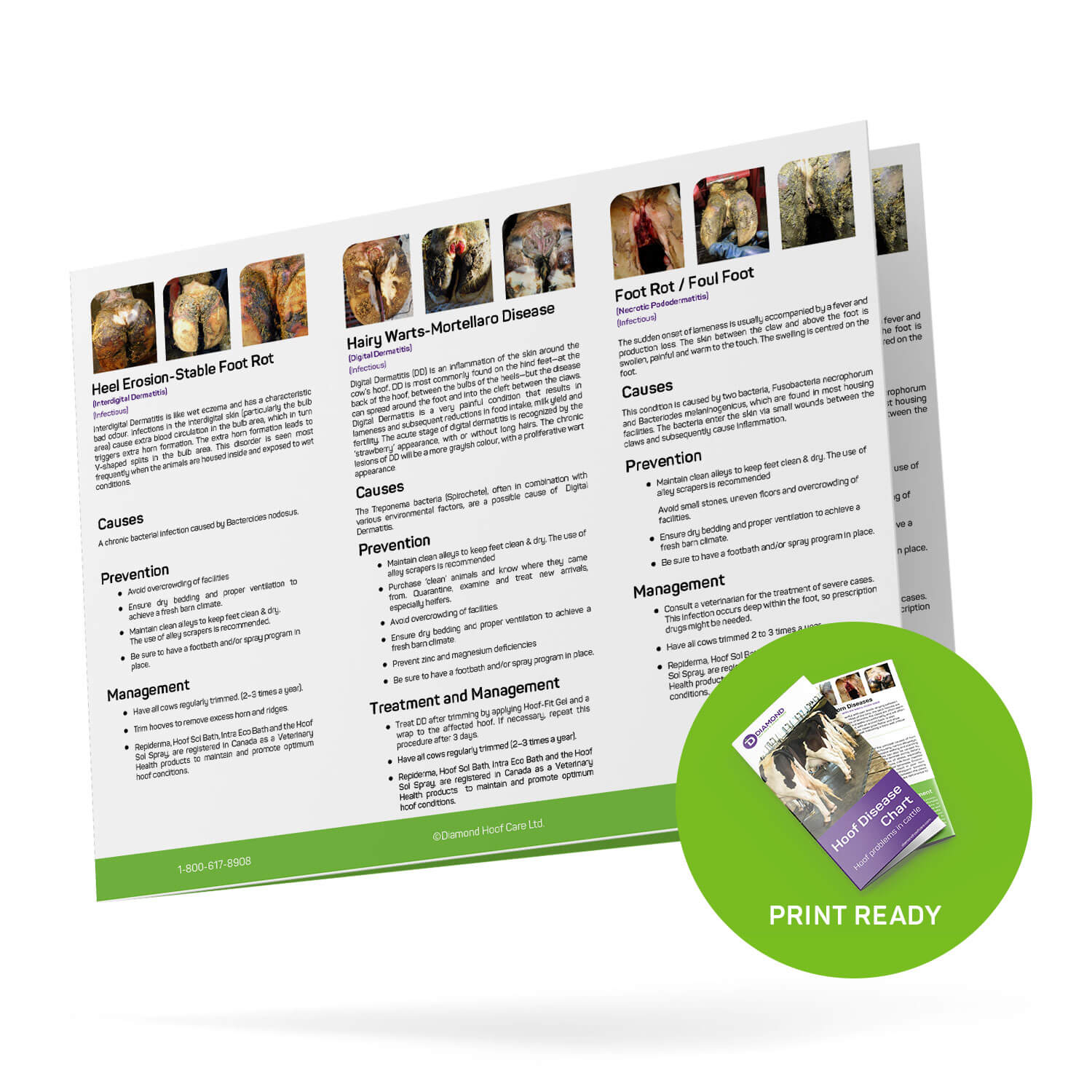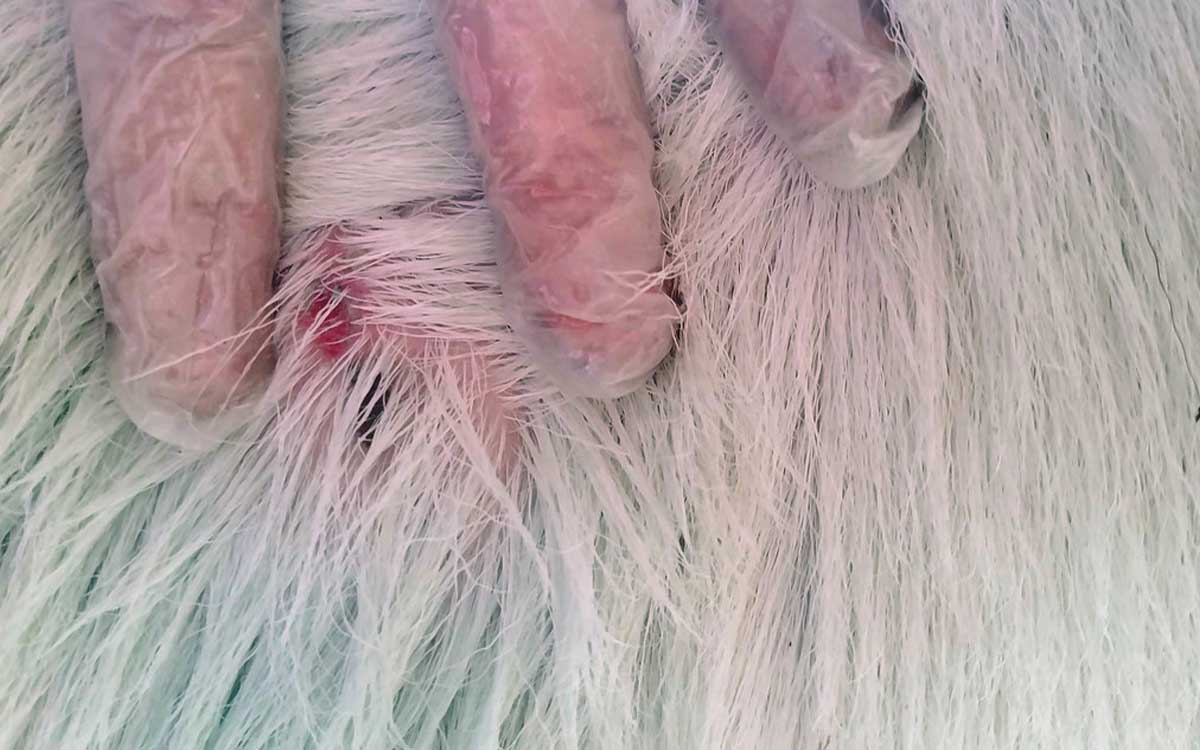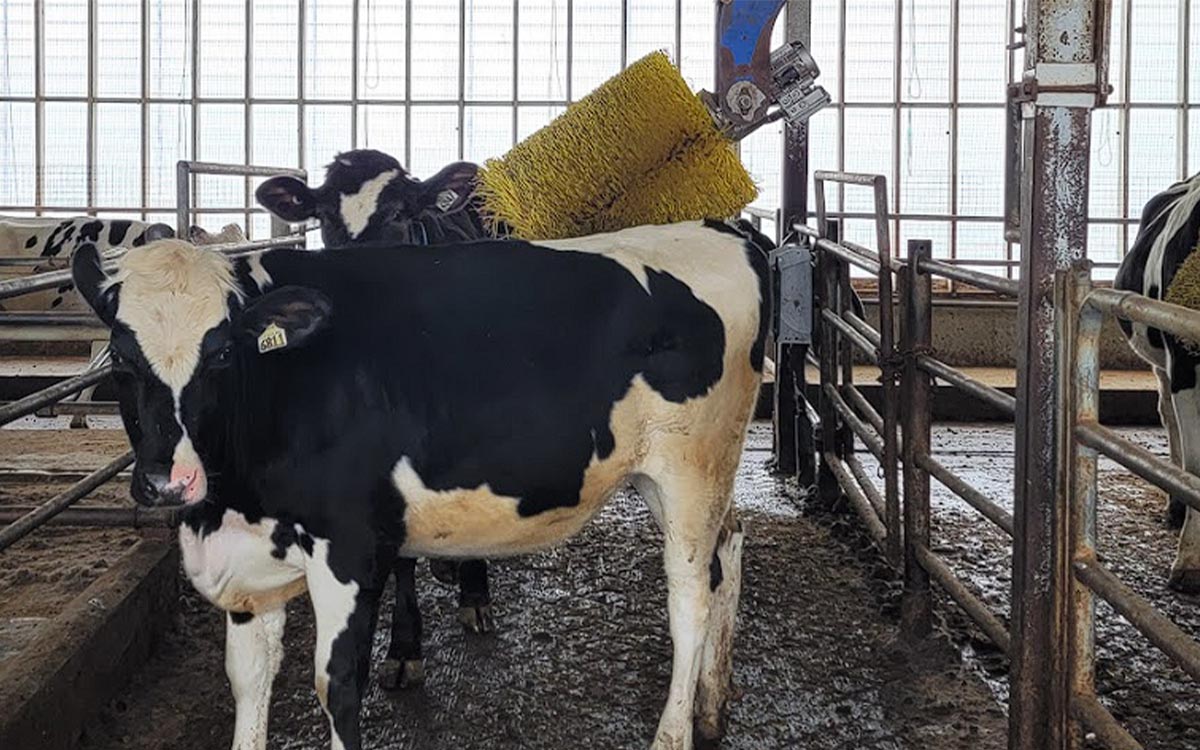Fungal diseases are a significant concern among goat owners. As a professional cattle hoof trimmer, I have come to know quite a bit about fungus, partly through my many conversations with goat farmers. Treating fungal diseases as early as possible is crucial to preventing outbreaks within your herd.
Isolation is the most critical step in treating skin fungus in goats. It gives the animal time to heal from the disease while minimizing the transmission risk. This step, along with disinfection, treatment, and other preventive measures, helps avert outbreaks of fungal infections.
Seeking veterinary advice and diagnosis is also critical for treating goats with skin fungus. My expertise with cattle fungus problems (in hooves and skin) applies generally to goats as well. Keep reading to learn about the relevance of each step and find tips for handling this skin problem.
Isolate the Affected Goat(s)

Most fungal diseases, especially ringworm, are highly contagious. Thus, isolation is the first and most crucial step in preventing the illness from spreading and resulting in an outbreak.
This step entails providing shelter, food, and water separate from the herd. Equipment or tools used in the ‘sick pen’ area should not be used elsewhere. I strongly advise disinfection and precautionary measures before and after visiting the isolation space. Disinfecting products and plastic boots can greatly limit the spread of fungi.
Diagnosing is the key! To properly isolate an affected goat, you must be able to discern symptoms to identify which members of the herd are infected. Below you’ll find an overview of ringworm and the signs of the most common fungal disease afflicting goats.
Ringworm (Dermatophytosis) Symptoms
Ringworm (or dermatophytosis in medical lingo) can be caused by many fungus species, such as Microsporum nanum, Trichophyton spp, and Microsporum gypseum. Common symptoms of this disease are:
- Itchiness
- Hair loss
- Scab formation
- Ring-shaped, brown-coloured skin lesions or rashes
- Skin redness
- Scaling of the skin
- Blistering
To learn more about the signs of ringworm in goats, check out my other article.
The scabs and lesions caused by ringworm are often apparent and usually found on the head or in the neck area, but they can also appear anywhere in the body.
These lesions can lead to the infection being confused with other scab- or lesion-forming illnesses, such as orf, warts, or dermatophilosis. A visual diagnosis is often sufficient, but laboratory tests or biopsies can be conducted to confirm the diagnosis.
However, DO NOT WAIT for the lab test results before isolating the suspect goat! Acting immediately is best as a precautionary measure against outbreaks.
Seek Veterinary Advice

If you suspect that your goats have ringworm, immediately seek veterinary advice! A vet can confirm the diagnosis and prescribe the right medications, which are crucial for implementing the appropriate treatment plan. The wrong treatment of an illness can lead to worse conditions.
For instance, if the animal has a fungal infection but you treat it with a steroid cream, the steroids can aggravate the infection. That’s because they weaken the skin without killing the fungi, allowing them to penetrate deeper.
You should follow the prescription provided by the vet. For fungal infections, they’ll usually recommend an antifungal medication. However, antibiotics may also be necessary in extreme cases.
My cattle farmers and many goat farmers use Intra Repiderma to optimize skin condition and promote healthy skin in their animals. Veterinarians and the broader animal industry highly recommend this product.
Apply Antifungals and Other Prescribed Medications

Once you have the prescribed medications for your goats, you use them according to your veterinarian’s instructions. My experience has shown it is best to clip the hair around the area, clean it with an antiseptic (such as Betadine), and then wipe it dry. After that, apply the medication.
Some medications (for example, a rinse, systemic drugs, and antibiotics) can be obtained only with a vet’s prescription. You can buy topical creams over the counter at your local farm store. These creams are usually effective only against mild cases.
When I was a herdsman, we often had ringworm in little calves, and when taking them outside in lovely sunny weather, the spots appeared to be self-healing. Based on my experience, you can isolate the animal, disinfect the lesions, and let it be with no other medications.
That being said, creams, drugs, and rinses help accelerate healing. Most goat owners opt for them to buy some time during the process. A bottle of Intra Repiderma on the shelf is a great place to start when skin challenges occur.
Implement Precautionary Measures

When you’re handling goats with suspected or confirmed fungal infections, it’s important to implement preventive measures. These infections, especially ringworm, are highly contagious and can be passed on to humans.
To protect yourself, here are some measures you can take:
- Wear disposable gloves.
- Wear long sleeves and pants (or other garments that will not leave your skin exposed).
- Thoroughly wash your hands immediately after visiting the isolation space.
Fungal infections can be transmitted through spores and surfaces, not just direct contact. Therefore, besides being careful to protect yourself, you must also prevent the disease from spreading to other goats in your herd.
Isolation is a big part of that, but there are other important steps to follow, namely:
- Disinfect equipment and materials daily. You can use a bleach solution.
- Keep the sleeping and loafing areas of non-infected goats clean and dry, especially during wet seasons. You can expose these areas and materials to sunlight to dry them.
- Disinfect wooden posts, feed bunks, water buckets and other surfaces the infected goats may have had contact with.
- Avoid crowding the animals.
Are there no vaccines for fungi? During my hoof-trimming visits to farms, I often heard this question in relation to preventing digital dermatitis in cattle. Vaccines are being developed to protect against ringworm, the most common fungal infection. Their efficacy is yet to be established as studies are still being conducted, and the vaccines are hard to source.
Wait for Recovery

Skin fungal infections such as ringworm can take a while to clear up, especially if you allowed the disease to self-limit (i.e., did not administer medications).
You’ll have to give the healing process 4 to 8 weeks (1 to 2 months). If you had activities scheduled for the animals during that time (e.g., shows), you’d have to move those or cancel as this can be a time-consuming process. Transporting and mixing these animals with others at auction markets or shows are not recommended.
During recovery, make certain that all precautionary measures are implemented and follow the prescribed treatment. Ensure the affected animals are properly cared for by providing sufficient food and water and a clean environment.
Most of the time, the healing sets in quickly, with signs of recovery including hair growth on the lesions, smoothening skin, and healing scabs. You should consult with your vet immediately if new symptoms appear or the current condition of the animals worsens.
Friends who own goats have mentioned as a possible concern your goat’s skin turning black. Check out my other article to learn why this might be happening.
Final Thoughts
Skin fungal infections are a challenge that goat owners must take seriously as they spread to the herd and the human caretakers. Isolation, treatment, and precautionary measures are all critical for preventing transmission.

Hoof Disease Reference Chart
Sources
- Extension Foundation: Goats: How do I treat skin fungus or ringworm in my goats?
- Healthy Farms Healthy Agriculture: Isolation
- MSD Veterinary Manual: Dermatophytosis in Pigs, Sheep, and Goats
- Cornell University: College of Veterinary Medicine: Zoonotic Diseases from Sheep/Goats
- South Dakota State University Extension: Ringworm: Don’t Let it Ruin Your Show Season
- Centers for Disease Control and Prevention: Steroid Creams Can Make Ringworm Worse
- Tennessee Meat Goats: SKIN DISEASES IN GOATS
- Springer Link: Immunoprophylaxis of Dermatophytosis in Animals




